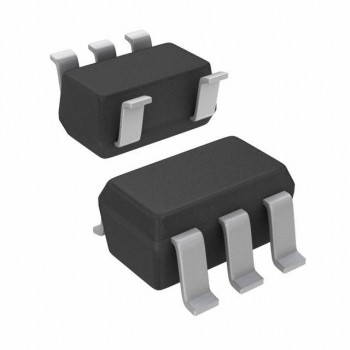Linear voltage regulators within Power Management Integrated Circuit (PMIC) systems play a crucial role in powering billions of electronic devices today. PMIC systems manage the flow of electrical current and regulate the voltage levels in electronic circuits, ensuring reliable operation and efficiency. In this article, we will introduce linear voltage regulators, analyze their working principles, and explore various scientific applications in their field.
PMIC Linear Voltage Regulators: An Introduction
PMIC linear voltage regulators are a class of integrated circuits designed to maintain a consistent voltage level from a fluctuating power supply by converting a higher input voltage to a lower, stable output voltage. The advantages of linear voltage regulators include simplicity, low noise operation, and fast response time. However, they tend to exhibit lower energy efficiency as compared to their counterparts, switching voltage regulators.

Working Principles of PMIC Linear Voltage Regulators
Linear voltage regulators operate based on three primary components: the error amplifier, the voltage reference, and the pass transistor. The working principles of PMIC linear voltage regulators can be summarized as follows:
1. Error Amplifier: The error amplifier constantly monitors the output voltage and compares it to a stable voltage reference. If there is any deviation from the desired output voltage, the error amplifier generates a control signal to adjust the pass transistor's conductance.
2. Voltage Reference: The stable voltage reference provides a preset reference point that is compared with the output voltage. This reference voltage is crucial for maintaining stability and precision during voltage regulation.
3. Pass Transistor: Acting upon the guidance of the error amplifier control signal, the pass transistor smoothly adjusts its conductance to control the amount of current flowing from input to output. As a result, it ensures stable and regulated voltage levels at the output.
Application Fields of PMIC Linear Voltage Regulators
Linear voltage regulators play a vital role in numerous applications, such as:
1. Consumer Electronics: Devices such as smartphones, tablets, and audio systems incorporate linear voltage regulators to maintain consistent voltage levels, ensuring reliable performance and long-lasting operation.
2. Power Supply Units: In computer systems and other electronics, linear voltage regulators are employed to regulate the power supply voltage levels, leading to stable and reliable operation.
3. Medical Devices: Precision and accuracy are paramount in medical equipment, like MRI machines and portable diagnostic devices. Linear voltage regulators ensure that the voltage levels remain within specified tolerances, minimizing any risks to patient health or device malfunction.
4. Aerospace and Defense: Linear voltage regulators find extensive use in aerospace electronics and defense systems, where their low noise characteristics and fast transient response are essential for sensitive applications like satellite communication equipment and radar systems.
5. Industrial Automation: Linear voltage regulators contribute to stability and reliability in industrial equipment such as programmable logic controllers (PLCs), robots, and communication networks, helping manufacturers maintain productivity and quality control.
Conclusion
PMIC linear voltage regulators form the backbone of power management in a wide range of electronic devices, ensuring stable and regulated voltage levels in diverse applications. By understanding the working principles and scientific applications of these regulators, one can appreciate the significance of their role in a technologically driven world.
Related Parts:

